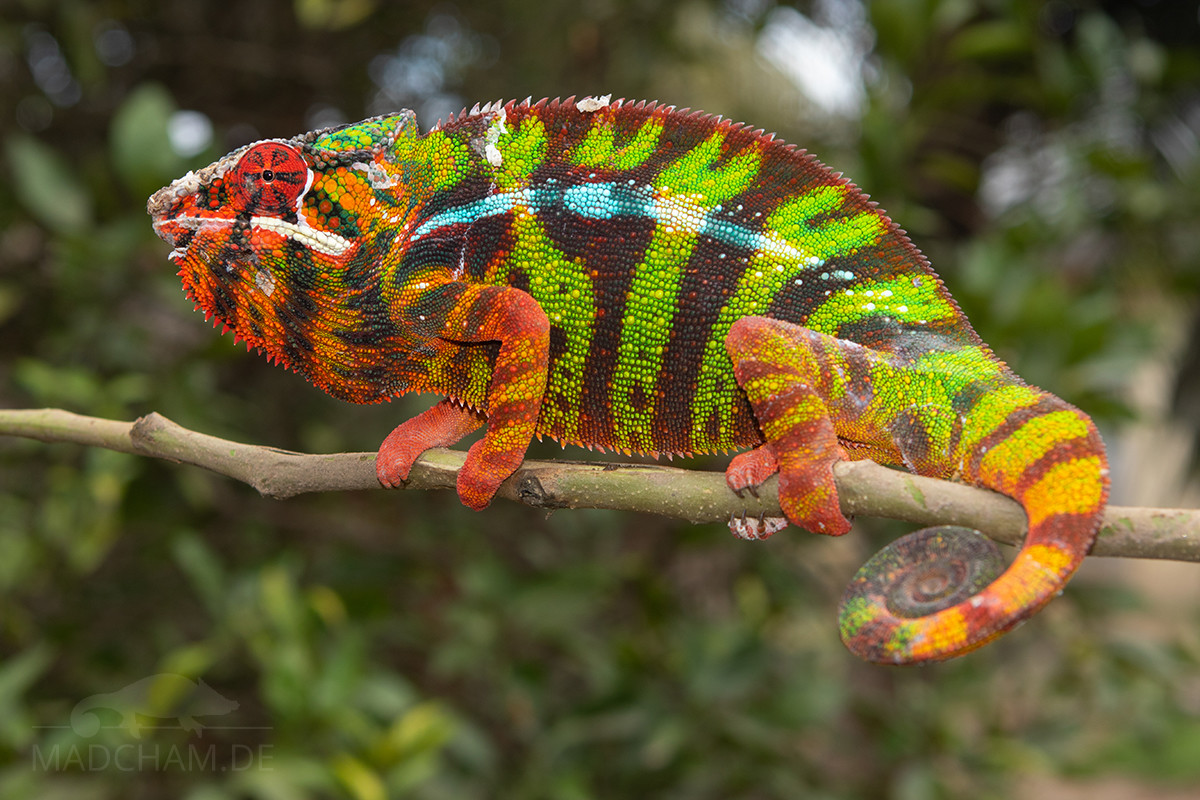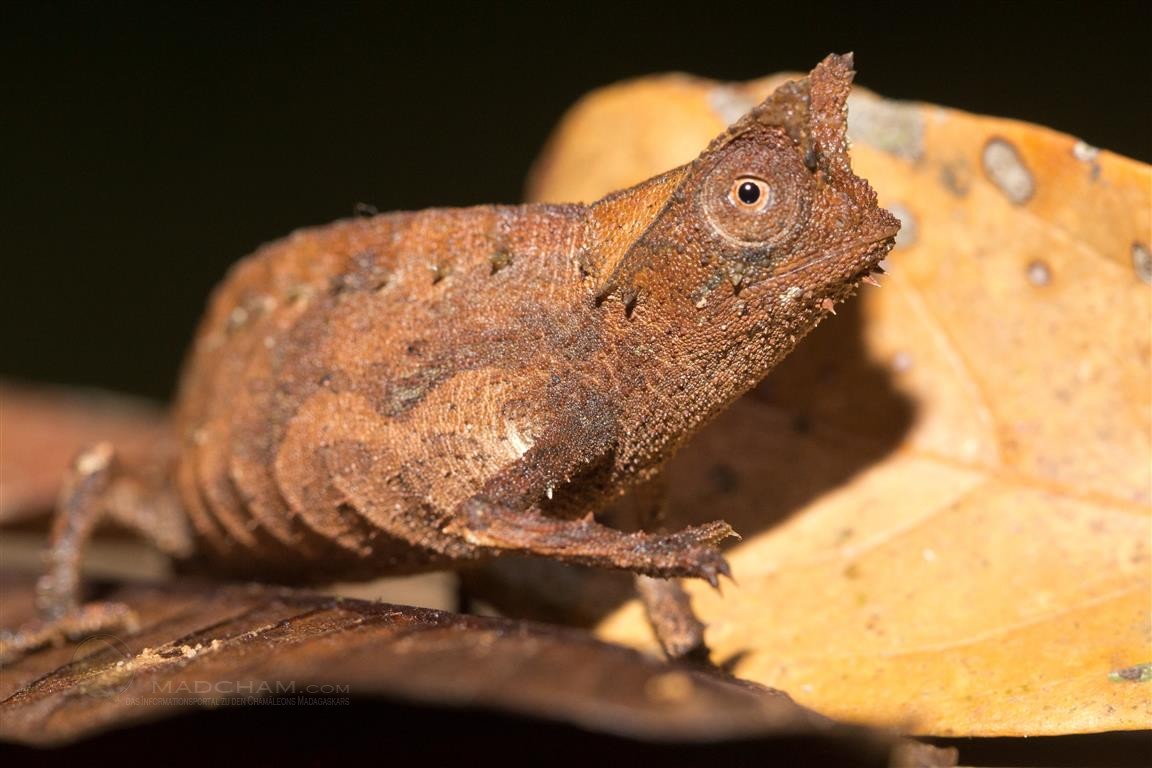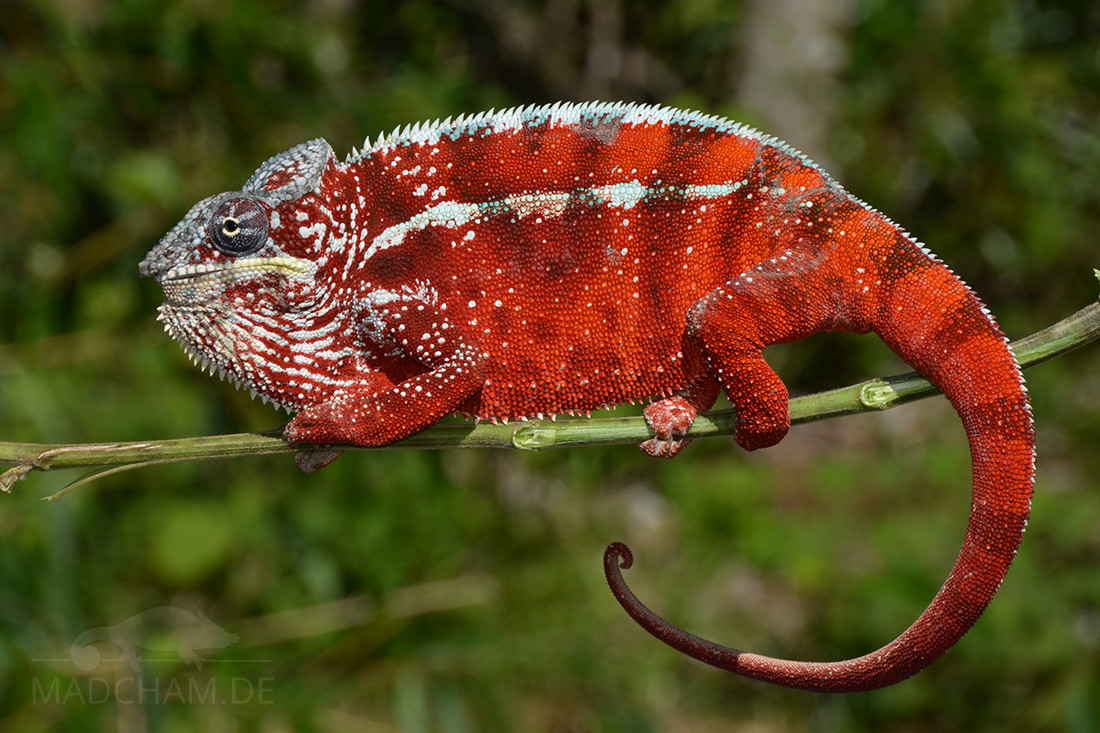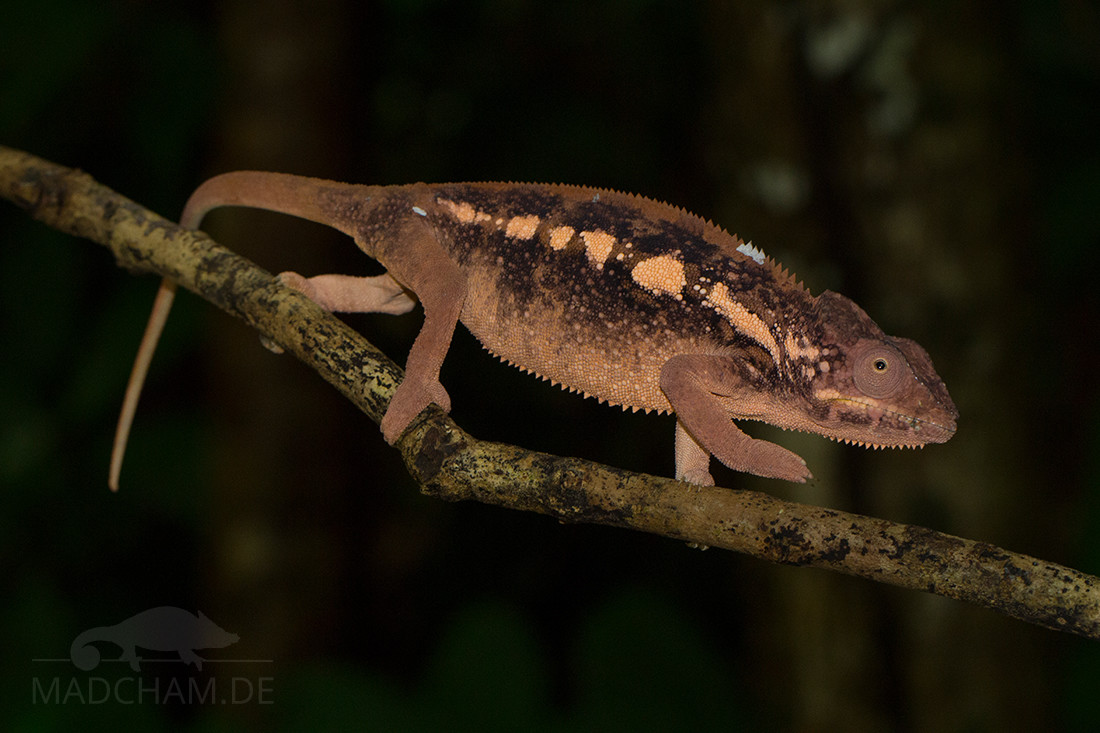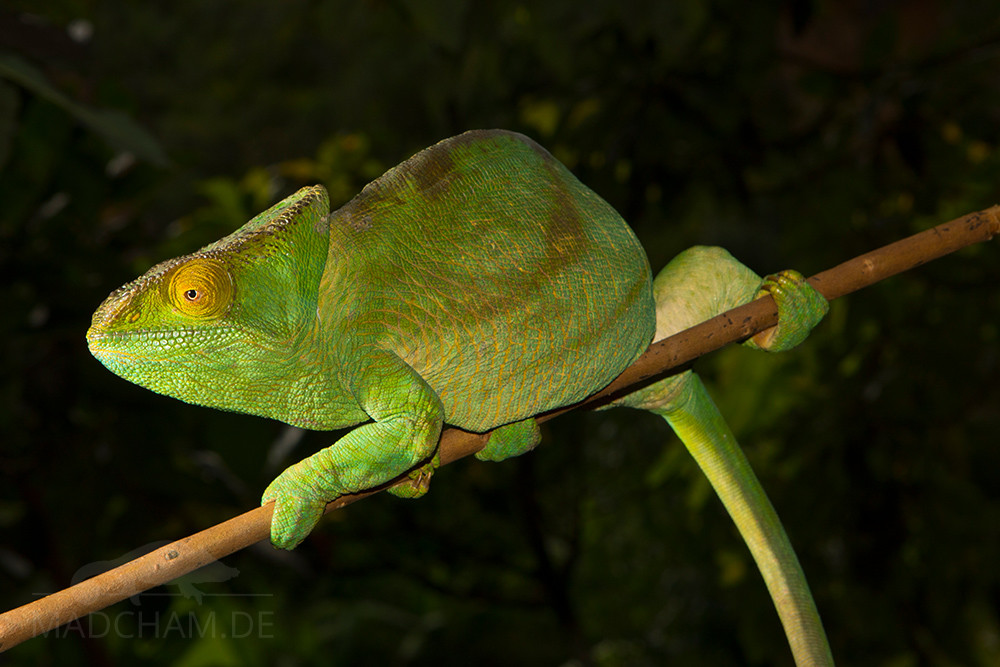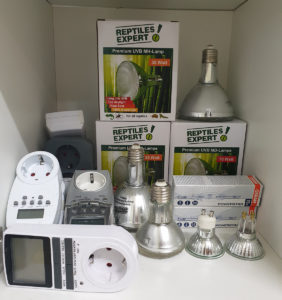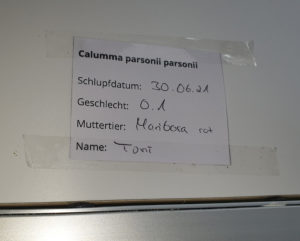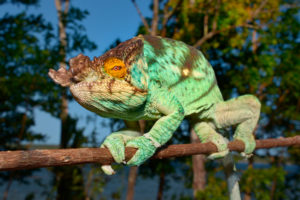Compared to pets such as dogs and cats, chameleons have a decisive advantage: they do not require extensive care every day. This comes into play especially when you want to go on holiday or travel for a short time for professional reasons. Nevertheless, some things need to be taken care of when you are away, so this topic deserves its own article.
Inhaltsverzeichnis
Place of vacation care
Vacation care of an individual chameleon can take place at home in its own terrarium or in foreign reptile stocks (“animal pensions”) that offer holiday care. When keeping a chameleon in an unfamiliar facility is a very high risk of catching undesired sub-tenants, such as parasites, fungi or viruses. In the worst case, an unnoticed infestation can wipe out an entire reptile collection within a few weeks. It is utterly irrelevant whether the stock of the holiday caretaker itself does not currently record any deaths. Unless every animal there is subject to quarantine and each vacation care animal is cared for in a single room separate from the normal stock and separated from other boarding animals, it should not be housed. In order to provide reputable holiday care, the terrariums used would need to be completely cleared out, treated with effective disinfectants and refurnished after each vacation care chameleon. This is only feasible for holiday care with great effort and corresponding costs.
Caregivers
For short absences of a few days, it is usually possible to employ people who do not know chameleons to take care of them. Neighbours, family or friends – usually a suitable holiday carer can be found quickly. However, if you are going on holiday for a longer period of time, you should definitely look for chameleon- or at least reptile-experienced holiday care. Not only the health of the chameleon needs to be monitored, but also the feeder insects. Sometimes the terrarium equipment breaks down while you are away. Then it is good to have someone on site who knows how to operate rain systems, connect lamps or operate timers. If you don’t have a reptile keeper in your neighbourhood or in the vicinity, you might simply ask your friends or the nearest DGHT local group. Often someone can be found there who is willing to visit every day or two or three times a week, depending on the chameleons and their needs.
Preparations for the holiday
Check technology
Before the planned vacation, the entire terrarium technology should be checked thoroughly. Are all lamps working properly or has one been flickering for a while? Are the timers working reliably? If different timers are being used, check out where you can find operating instructions. However, it is a good idea to use the same timers if possible – the more different ones you use, the higher the chance that something will go wrong during holiday care. And in principle, it is not very nice for the holiday carers to use ten different timers that all have to be operated differently.
For the water supply in your absence, at least one rain system should be available, unless the holiday caregiver can come by several times a day and spray by hand. The nozzles should be checked again before departure: Are they all running properly or is water dripping somewhere? Is the alignment correct or is a nozzle spraying out of the terrarium? It is very important not to put the rain system into operation during the holiday for the first time. Often the amount of water sprayed does not match the depth of the substrate in the terrarium. The result: the bottom will soon be boggy. So: Please test beforehand over several weeks how the spraying intervals are best switched in order to moisten the terrarium and offer the chameleons drinking opportunities, but not to cause flooding. At the same time, you can consider what would happen in the event of the rain system accidentally not switching off when several litres of water end up in the terrarium: Is there a drain or is there a drainage system? This also brings us to the tank of the rainwater system: It is essential to calculate or measure before the holiday how many days of water the tank will last.
If you are not at home for a longer period of time (weeks), you should also test what happens to the terrarium technology in the event of a power failure. Some timers and incubators can offer nasty surprises.
Spare parts
Spare parts should be readily available for holiday care. This means that for each type of lamp there is at least one spare bulb of the appropriate wattage with or without UV-B. Spare parts for the rainwater system (nozzle heads, nozzle connections, hoses, connectors) should also be available. There should also be a few more timers than are in use.
Feeder insects
A very important, but often forgotten point of vacation care is the feeders for the chameleons. For single days of absence and untrained holiday care, it is possible to prepare ready-made boxes with the appropriate number of feeders. These then only have to be “dumped” into the terrarium. This is not an option for any holiday care beyond two days. Before leaving, all feeders should be freshly cleaned. Food and water along with appropriate supplies must be available for the time of absence. Boxes for supplementing the feeders as well as the appropriate supplements should be provided, alternatively the appropriate gutloading diets. In the case of longer absences, the question also arises as to where and how the feeders are obtained. Ideally, sufficient or slightly more feeders are already available for the entire period of absence. In the case of longer absences, it may be advisable to transfer the costs for feeders to be purchased to the holiday care provider in advance or to agree on a corresponding arrangement for the purchase of feeders.
Labels
And most importantly, label everything if there is more than one chameleon to look after. The holiday caregivers usually don’t know where spare parts are stored and which supplies are hidden behind which cupboard door. Labelling simplifies this enormously! If there are not only two individual animals to be cared for, but a whole stock of animals, the terrariums should also be labelled with the species name, sex and age of the respective inhabitants.
Preliminary appointment
It makes sense to show the holiday caregiver “everything live on-site”. There are usually a lot of questions that can be answered better by talking directly than via phone, Whatsapp or Messenger.
Checklists for holiday care
For holiday care, a simple checklist with all the important points simplifies the care. The checklist should contain the following points:
- Who is in which terrarium?
- Who to feed with what, in what size and how often?
- What to fill with water and how often?
- What is in the fridge/food cupboard and for whom?
Contacts & Emergency Plan
Contact details (telephone, mobile phone, Whatsapp, e-mail) should be clearly visible in case of an emergency or should be sent in advance. This includes not only your own contact details but also those of two reptile veterinarians in the area. A transport box for each animal to be cared for and all basic data (age or hatching date, species, sex) should be available. An envelope with a cash amount for emergencies has also proved useful.
Do not forget
Very important: Anyone who takes great care of chameleons on holiday deserves a thank you. Whether this is in the form of special holiday souvenirs or an invitation to a joint brunch or barbecue is up to you. However, it should definitely be something more than “nice words” for all absences over two days. Free holiday care is not a matter of course. And those who pay something for the care may and should still thank you warmly.
Everything thought of and prepared? Well then, have a nice holiday!


